Since the merger of FCA and PSA in 2021, Stellantis has embarked on a radical transformation with its Dare Forward 2030to offer a 100 % electric range for all its brands. Despite recent challenges, including 2024's poor financial results and the resignation of Carlos TavaresThe strategy for developing electric motors is taking shape. The Group, now focused on electrification, relies on a worldwide network of factories and partners to produce its electric motors, or Electric Drive Modules (EDM).
We investigated to find out where these Stellantis engines are produced, by whom, and for which vehicles. Here's a look at Stellantis' electric motor strategy.
STLA platforms and their objectives
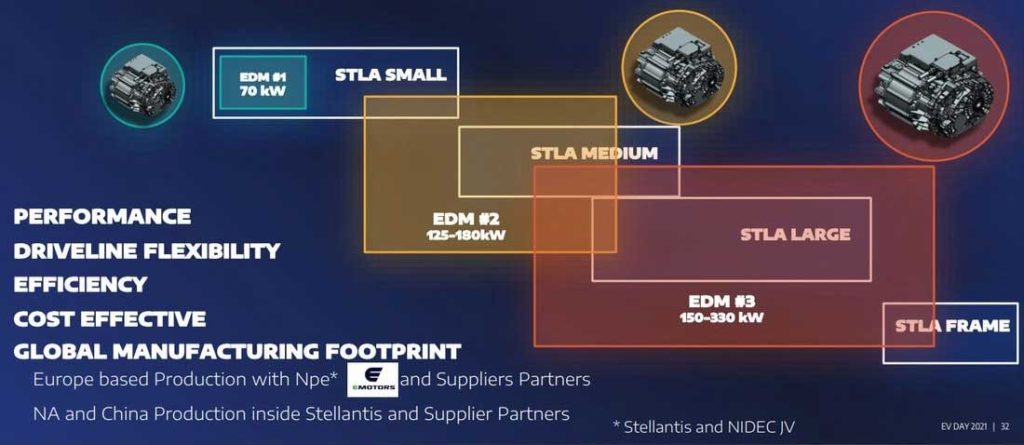
Stellantis bases its strategy on modular platforms adapted to different vehicle segments:
- STLA Small small electric city cars.
- STLA Medium compact, versatile models.
- STLA Large : top-of-the-range vehicles.
- STLA Frame : utilities and pickups.
Each platform is associated with EDMs designed to meet specific power and autonomy requirements. These have since been joined by the STLA Smart for electric cars with more aggressive pricing.
Key players and production sites
GKN Automotive for the electric Fiat 500
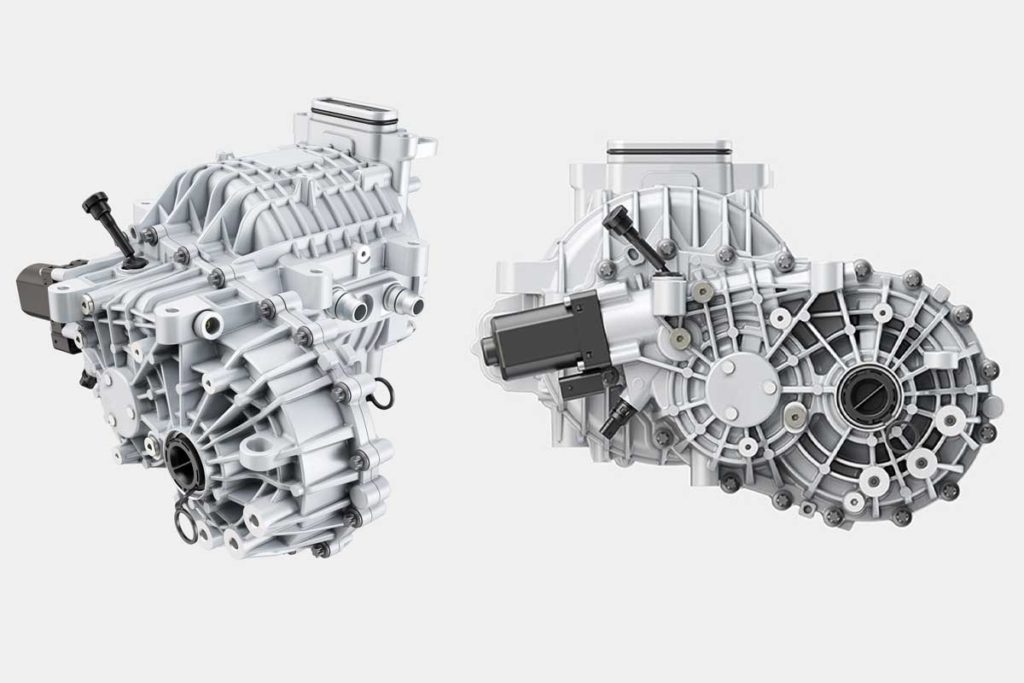
Launched in 2020, before the creation of Stellantis, the electric Fiat 500 is powered by a motor supplied by Stellantis. GKN Automotive. This project, initiated during the FCA era, marks the Group's first steps in the electrification of city cars. To date, GKN has supplied the engine, but this could change with the arrival of a more efficient evolution of the 500 electric car by 2025.
Kokomo, Indiana (USA): EDM 800V for the United States
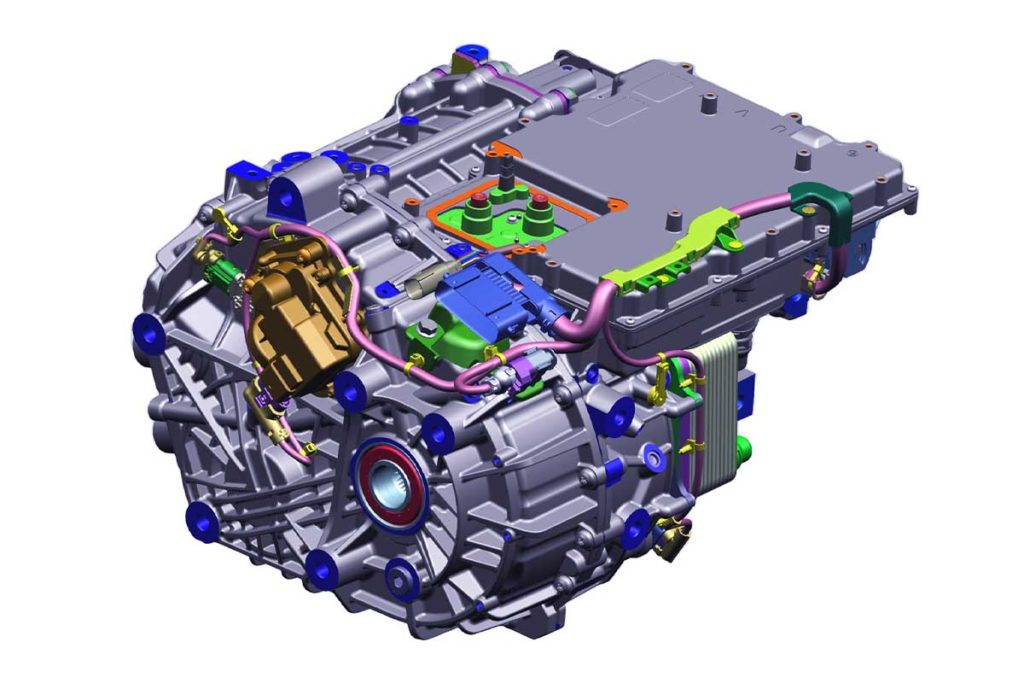
The Kokomohistorically specialized in transmissions, will produce EDM 800V electric motors from the end of 2024. These motors, intended for STLA Large and certain STLA Frame vehicles, will equip models such as the new Dodge Charger electricbut also very probably in future Jeep, RAM and Chrysler models.
Szentgotthard, Hungary: central plant for hybrid and electric motors for Europe
The Szentgotthard plant in Hungary plays a central role in Stellantis' energy transition.
- It currently produces 1.2L hybrid internal combustion engines (MHEV) for the STLA Smart and STLA Medium.
- She recently added production of 1.6L plug-in hybrid (PHEV) engines for STLA Medium and STLA Large.
- From 2026 onwards, the plant will also launch EDM 800V motors for electric models from STLA Largeincluding future Electric Alfa Romeo Stelvio and Giulia.
Emotors: the heart of 400V EDMs

Emotorsthe joint venture between Stellantis and Nidec, produces EDM 400V motors at its Termery-Metz plant. These motors cover a wide range of power ratings (80 kW - 210 kW) and equip vehicles on STLA Medium :
- M2 (113 hp): Fiat Grande Panda, Citroën e-C3.
- M3 (136-156 hp): Alfa Romeo Junior, Fiat 600, Lancia Ypsilon.
- M4 (210-230 hp): Peugeot e-3008.
- M4+ (280 hp): Alfa Romeo Junior Veloce, Abarth 600e, and future Lancia Ypsilon HF.
This year, the plant celebrated the production of its 100,000th engine, and aims to produce this volume every year.
Marelli and Jing-Jin Electric: partners for Maserati and Ram
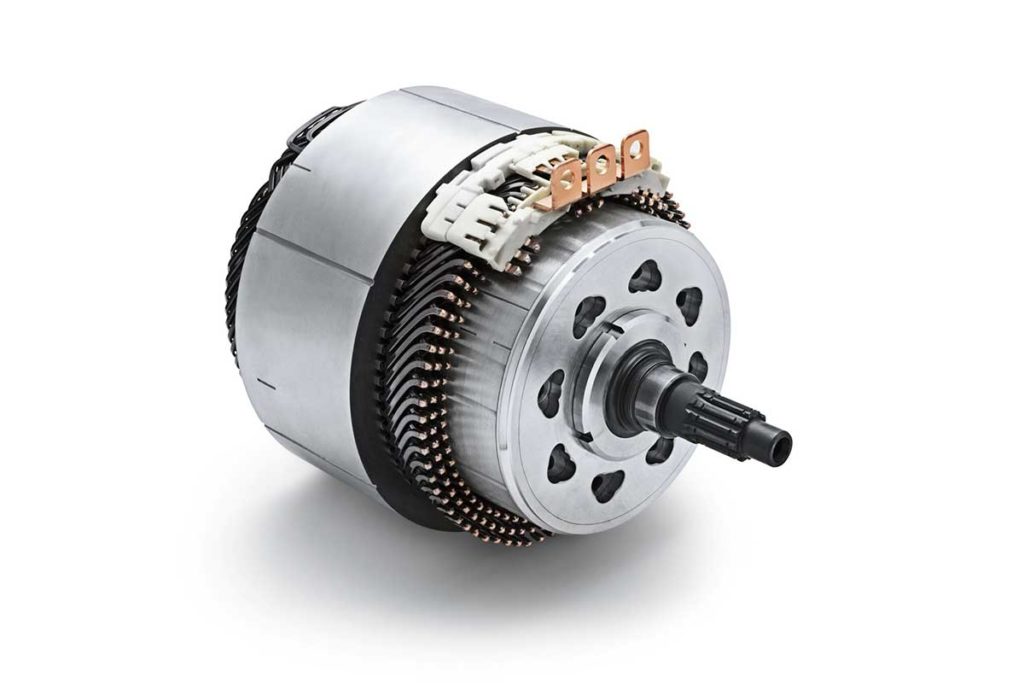
- Maserati Granturismo Folgore equipped with an electric motor developed by Marelli. This project, launched in 2019 under FCA, saw the light of day under Stellantis, presented in 2022, with commercialization in late 2023.
- Maserati Grecale Folgore : uses Jing-Jin Electric (JJE)each delivering 205 kW.
About Maserati, These two models are based on the Giorgio evo platform. This indicates one of two things: either Maserati wants to retain its independence when it comes to electric platforms and powertrains, or Stellantis was not ready to produce its own EDM 800V before 2025, so it was essential to find suppliers with a solution already ready for the market. The question for the future, Will Maserati continue to maintain its technological independence, or will it use an STLA Large platform? with an EDM 800V made in Hungary? Early 2024, Maserati not yet sure which technical platform to use for the future model.
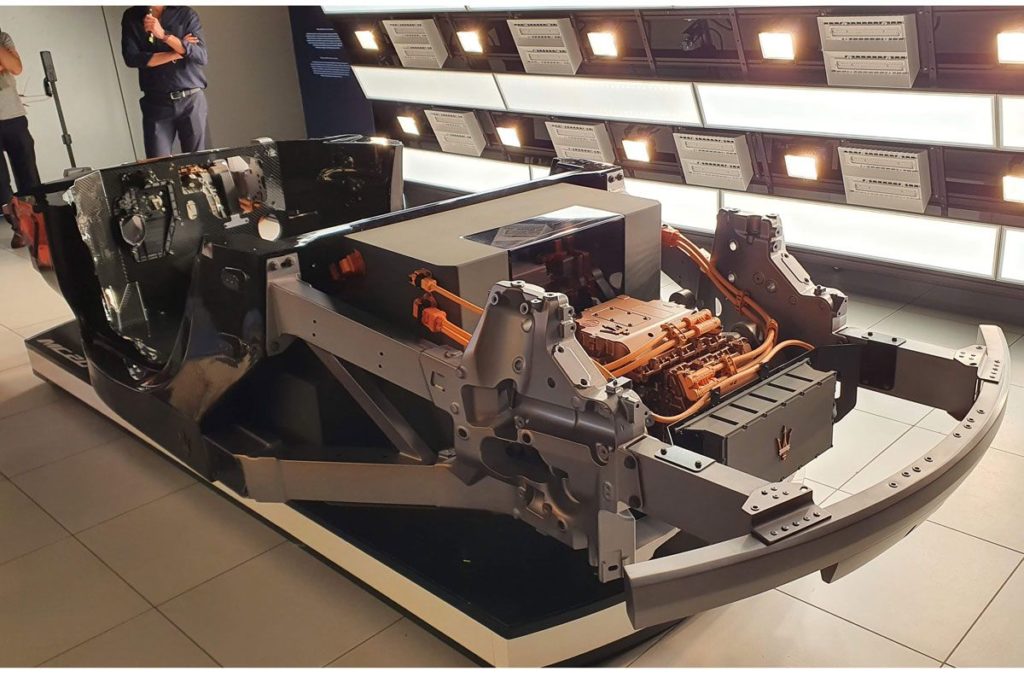
Jing-Jin Electric (JJE) is also responsible for the motors used in electric utility vehicles and pickups, such as the Ram 1500 REV and the Ram ProMaster EVbuilt on the platform STLA Frame. It is therefore possible that for these very heavy vehicles, Stellantis may wish to subcontract the supply of EDMs.
One mystery remains: EDM for STLA Small
While Stellantis has communicated extensively about its engines for the Medium, Large and Frame platforms, a grey area persists concerning the low-power engines for the platform. STLA Small. This platform is to be used for a new Peugeot e208, or even a more distant new electric Fiat 500. According to our hypotheses, it could be powered by a M1 produced by Emotors, but no official confirmation has yet been given.
A very interesting article that explains what makes up the heart of a car, the engine...
Is Jin-Jing Chinese? Are the engines made in China or Italy? Because I think they look a bit out of place on a Maserati Grecal...
As for their platform, let them keep the Giorgio and let them be the only ones in the group to make it evolve and endure, so as to remain exclusive for as long as possible, even if one day standardization will arrive.
Given that a team of Chinese engineers will start working with Maserati engineers at the Stellantis site in Balocco, Italy, from January 2025, we can assume that Maserati will have technological exclusivity within the Stellantis galaxy, at least initially.
I forgot to mention that it was a team of Chinese engineers sent by Leapmotor.
To complete the article, particularly on the European aspect of motors, platforms and batteries:
The 208 and 2008 Gen 2 were launched in 2019 and are based on the eCMP platform, originally with a 136hp electric motor supplied by German OEM Continental and a raw Chinese 51 kWh battery.
This offer, which is still available, was completed in 2022/2023 by the 1st engine supplied by the PSA/eMotors JV, the M3, with 156hp and a 54 kWh Chinese battery.
This EDM is also available from OPel on Corsa and MOkka and from LAncia with the new Y.
Upstairs, the EMP2 v3 platform available on the 308/DS4/Astra has been electrified with the M3 156hp offering and Chinese 54kWh battery. This offering has just been completed at Peugeot with the e408 with 210hp M4 engine and 61 kWh battery. This offer should also appear on the Ds4.
The M4 engine was launched on the 3rd generation 3008 and 5008. This engine offers several power and battery levels: 210hp and 73kWh BYD Chinese battery, 230hp and 97 kWh ACC battery and 320hp and 73kWh ACC battery.
An entry-level version with 230hp and an 82 kWh ACC battery has been announced for 2025, replacing the 210hp 73kWh version.
The M1 motor is the one supplied by emotors for 48V and PHEV hybrids.
The next STLA Small platform will feature eMotors, an evolution of the current M3. The M2 and M4 eMotors are also compatible with Stla Small, and batteries will be able to reach 82kWh.
Stla Small is destined for mass deployment on the B and C segment ranges of the Group's main brands.
The current Smart CAR platform is intended to equip future entry-level models from Fiat Citroën and Opel. It is powered by emotors M2 95 and 113 hp, with batteries of less than 45 kWh.
Models include the C3 and C3 Aircross, Opel Frontera and the Fiat Grande Panda program and its next 2 derivatives (Suv and Suv coupé).